Back to Courses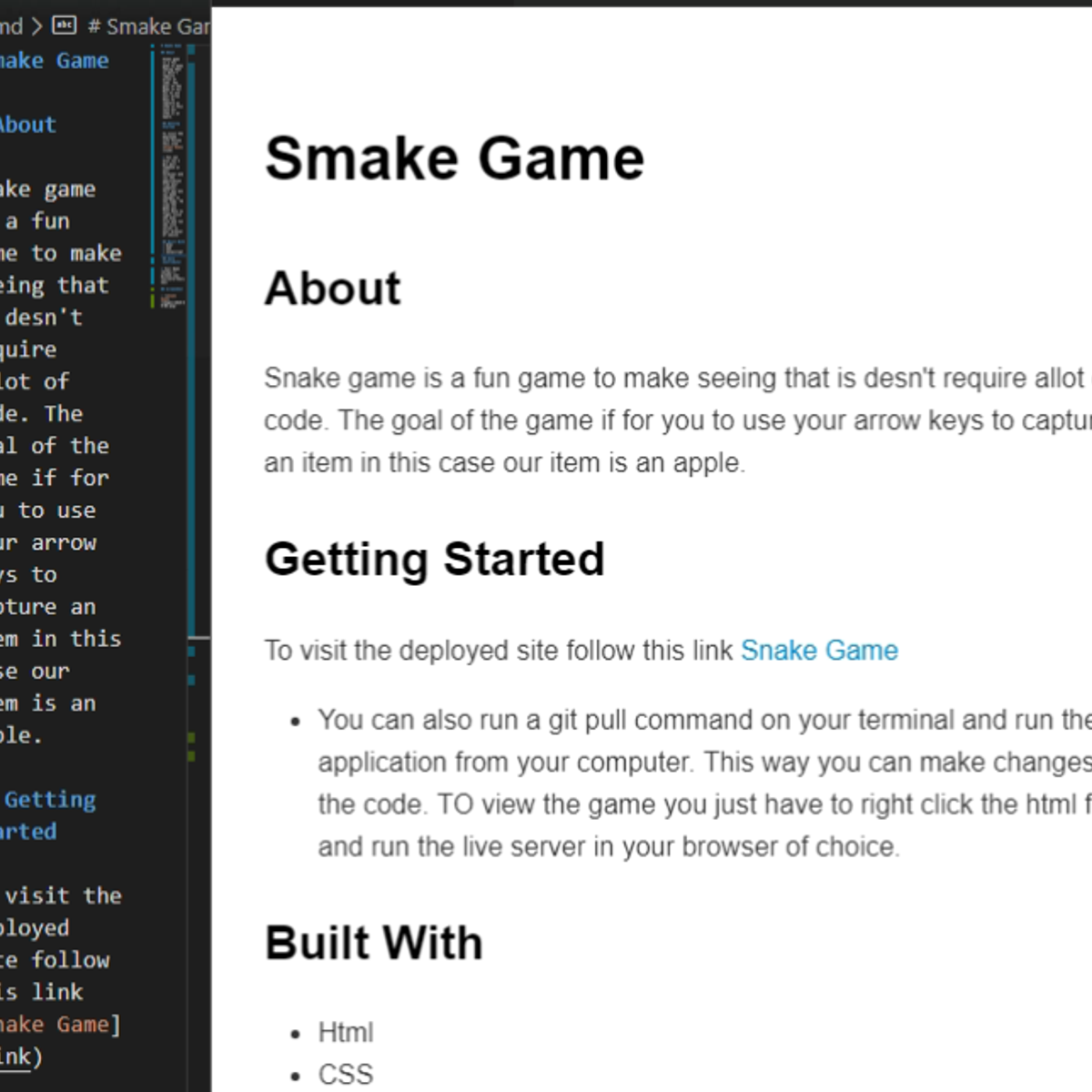

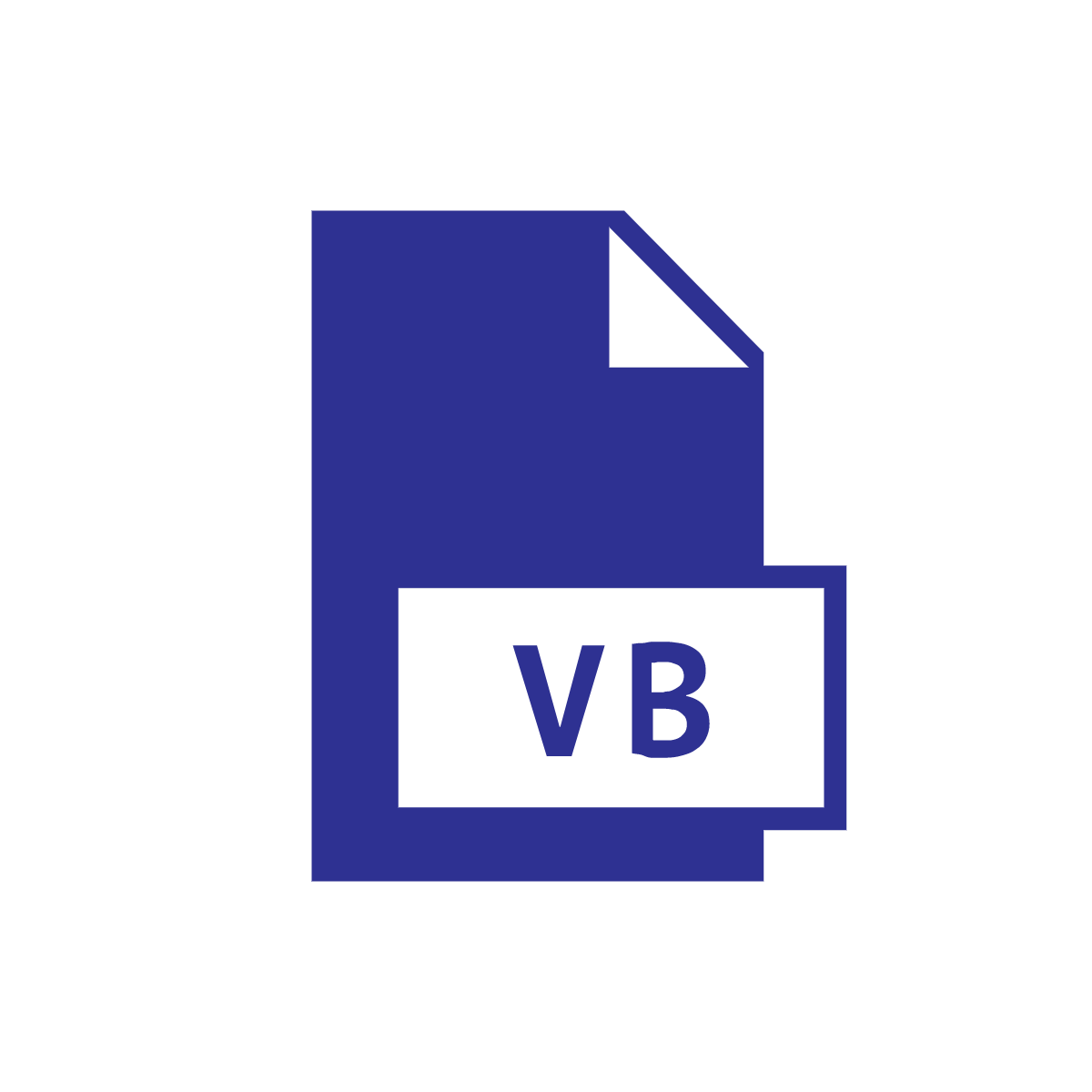
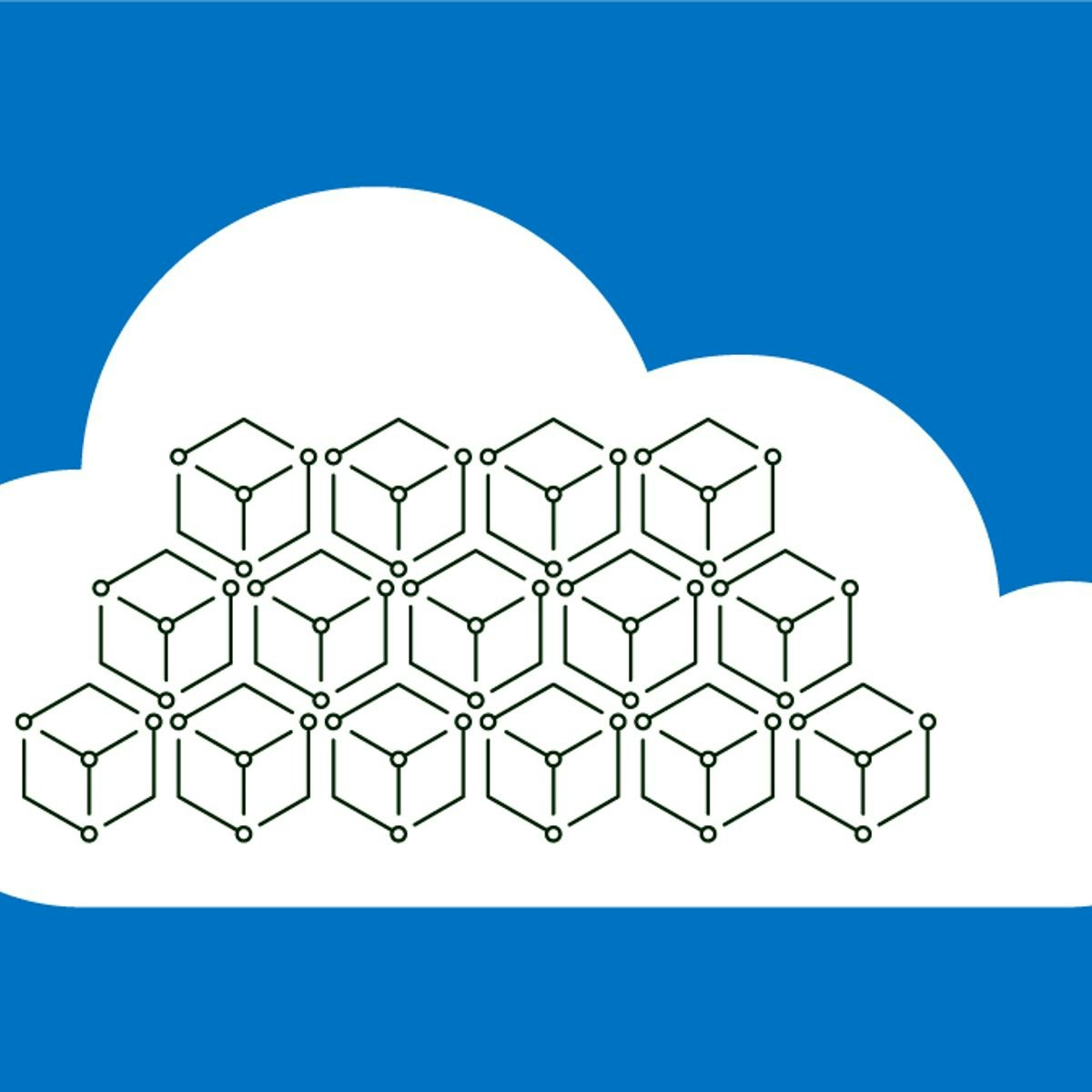

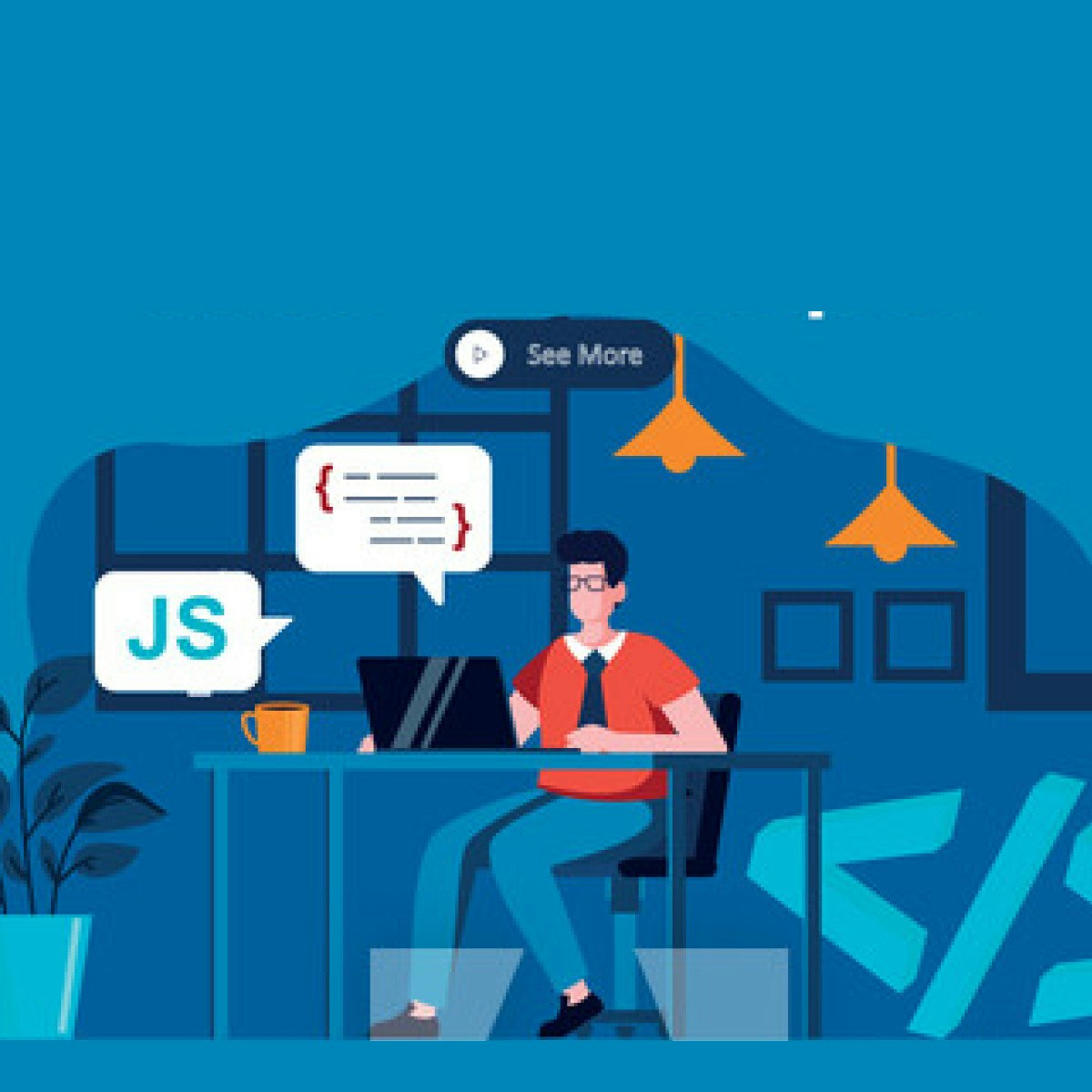



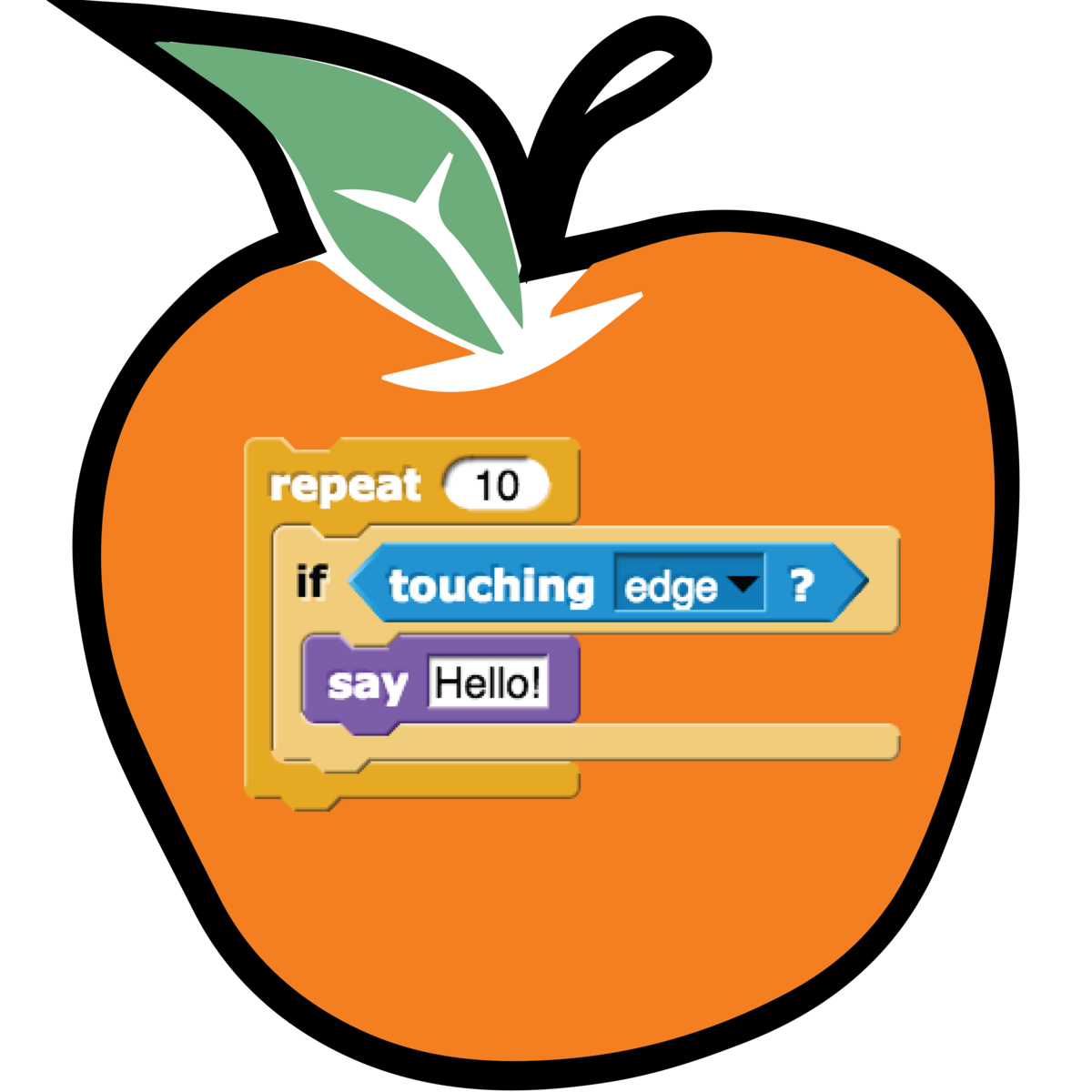
Software Development Courses - Page 35
Showing results 341-350 of 1266

Perfecting your Readme
In this 2-hour long project-based course, you will learn how to (Learn will be introduced to a Readme doc script by creating a game through Github, Learn will know Markdown language for a Readme on Visual studio Code and what VScode extensions assist with the Readme doc script, Learn will write html code for a game. Review its functionalities live and begin the Readme writing process, Learn will write a full Readme for their coding project, add images to their Readme and preview it.)
Note: This course works best for learners who are based in the North America region. We’re currently working on providing the same experience in other regions.

Recreate the First Ever Easter Egg from Adventure in Unity
In this one-hour, project-based course, we will recreate the first ever "Easter Egg" in game development history!
Easter Eggs in video games are hidden features that can be revealed by pressing a combination of buttons, completing a task in a certain way or exploring remote or obscure areas of a game. They can be hidden messages from the programmers, hidden music tracks or art, even a complete hidden level.
In this guided project, we will recreate the Easter egg secretly created by developer Warren Robinett in Atari’s 1980 game, Adventure! You'll learn how to set up a simple 2D environment similar to rooms from the original game; how to make the player move with the keyboard and enable the player to pick up and drop objects in the same way as Adventure!; and how to write a C# script that will reveal the Easter egg once all the requirements are met.
Note: This course works best for learners who are based in the North America region. We’re currently working on providing the same experience in other regions.

Foundations of Computer Science
Welcome to Introduction to Programming: Visual Basic. In the course sequence you will learn to write programs that utilize both procedural and object oriented techniques to solve business problems. In the first course in the sequence we will provide you with a solid foundation in the computer science topics that are important to understand when programming Visual Basic. In courses two through four, we will role up our sleeves and start coding in Visual Basic. In these courses you need to have access to a computer that is running Windows, macOS or Linux with the .NET 5 installed. We will show you how to install .NET 5.

Introduction to Containers w/ Docker, Kubernetes & OpenShift
With a median salary of $137,000, developers with container skills are in demand. More than 70 percent of Fortune 100 companies are running containerized applications. But why?
Using containerization, organizations can move applications quickly and seamlessly among desktop, on-premises, and cloud platforms.
In this course designed for beginners, learn how to build cloud native applications using current containerization tools and technologies such as containers, Docker, container registries, Kubernetes, OpenShift, and Istio. Also learn how to deploy and scale your applications in any public, private, or hybrid cloud.
Each week, you will apply what you learn in hands-on, browser-based labs. By the end of the course, you’ll be able to build a container image, then deploy and scale your container on the cloud using OpenShift.
If you understand basic cloud and programming concepts, and your career path includes roles
such as cloud developer, cloud architect, cloud system engineer, DevOps engineer, and cloud networking specialist, this course is for you!
Take the next step in your cloud career by learning more about containers!

Create Dynamite in Unity
In this one-hour, project-based course, you'll learn how to create a functioning stick of dynamite! You'll use primitive 3D objects to create the model, configure a particle effect to light the wick, and then use the physics engine to create an explosive force.
And we'll do all of that without writing a line of code.
This is a cross-topic guided project that will introduce you to the following Unity concepts:
- Primitive GameObjects
- Transforms
- Materials
- Particle Systems
- Rigidbodies
This course makes use of the Western-themed Unity project created in Create an FPS Weapon Part 1, Part 2, Part 3 and Part 4. These compliment this guided project and, although not prerequisites, are recommended for a more well-rounded understanding of the concepts presented herein.

Developing Cloud Apps with Node.js and React
In this course, you will focus on server-side JavaScript and frameworks. You will discover ways to make development faster and easier in web browsers and embedded systems. You may ask, what is the relevance of developing cloud applications with Node.js and React?
In 2020, the Stack Overflow survey of developers reported that 51.4% of respondents are using Node.js, making it number one in the category of Other Frameworks, Libraries, and Tools.
In the Most Loved, Dreaded, and Wanted category for Other Frameworks, Libraries, and Tools, Node.js is in the top ten at 66.8%. In the Web Frameworks category, React is number two at 35.9% in usage and 66.9% in the Most Loved, Dreaded, and Wanted category for Web Frameworks.
This course is designed to help you achieve success in this fast-growing cloud computing area. You may be an IT person looking to step up in your career, a new graduate seeking to establish a solid skillset to score a job in the cloud or web development, an IT decision-maker who needs to manage more cloud-centric projects, or someone in another field who wants to be able to talk about cloud computing knowledgeably.
Note: It is highly recommended that you complete the Introduction to Web Development with HTML, CSS, JavaScript course in the IBM Full Stack Cloud Developer Professional Certificate prior to starting this course. The course requires prior basic knowledge of HTML5, CSS, JavaScript, Git, and fundamental concepts in Cloud programming.

Sort and Filter Data in SQL using MySQL Workbench
In this project you will use MySQL Workbench to write SQL queries that retrieve, sort, and filter data from tables in a relational database. Adding filtering to a query ensures that only the data needed is displayed in the query result. Sorting is applied to arrange the rows in that query result into an order that is meaningful to the data’s user. Adding code to an SQL query to filter and sort data generates a query result that makes data analysis easier for users, enabling more effective decision-making.
Note: This course works best for learners who are based in the North America region. We’re currently working on providing the same experience in other regions.

English/French Translator: Long Short Term Memory Networks
In this hands-on project, we will train a Long Short Term (LSTM) Network to perform English to French Translation. This project could be practically used by travelers or people who are settling into a new country.
Note: This course works best for learners who are based in the North America region. We’re currently working on providing the same experience in other regions.

Introduction to R: Basic R syntax
This guided project is for beginners interested in taking their first steps with coding in the statistical language R. It assumes no previous knowledge of R, introduces the RStudio environment, and covers basic concepts, tools, and general syntax. By the end of the exercise, learners will build familiarity with RStudio and the fundamentals of the statistical coding language R.

Computational Thinking for K-12 Educators: Variables and Nested Loops
How can students learn about abstraction by creating a movie scene? Or make an interactive map using lists? You'll learn (and do it yourself) in this course!
This class teaches the concepts of abstraction (methods and parameters) and lists. For each concept, we'll start by helping you connect real-world experiences you are already familiar with to the programming concept you are about to learn. Next, through a cognitively scaffolded process we'll engage you in developing your fluency with problem solving with abstraction and lists in a way that keeps frustration at a minimum.
Along the way you will learn about the common challenges or "bugs" students have with these concepts as well as ways to help them find and fix those concepts. You'll also be guided in running classroom discussions to help students develop deeper understanding of these concepts.
Finally, you'll learn about the importance and logistics of assigning creative, student-designed programming projects.
Additionally, you will create a personal plan for increasing your skills in supporting a culturally responsive learning environment in your classroom.
